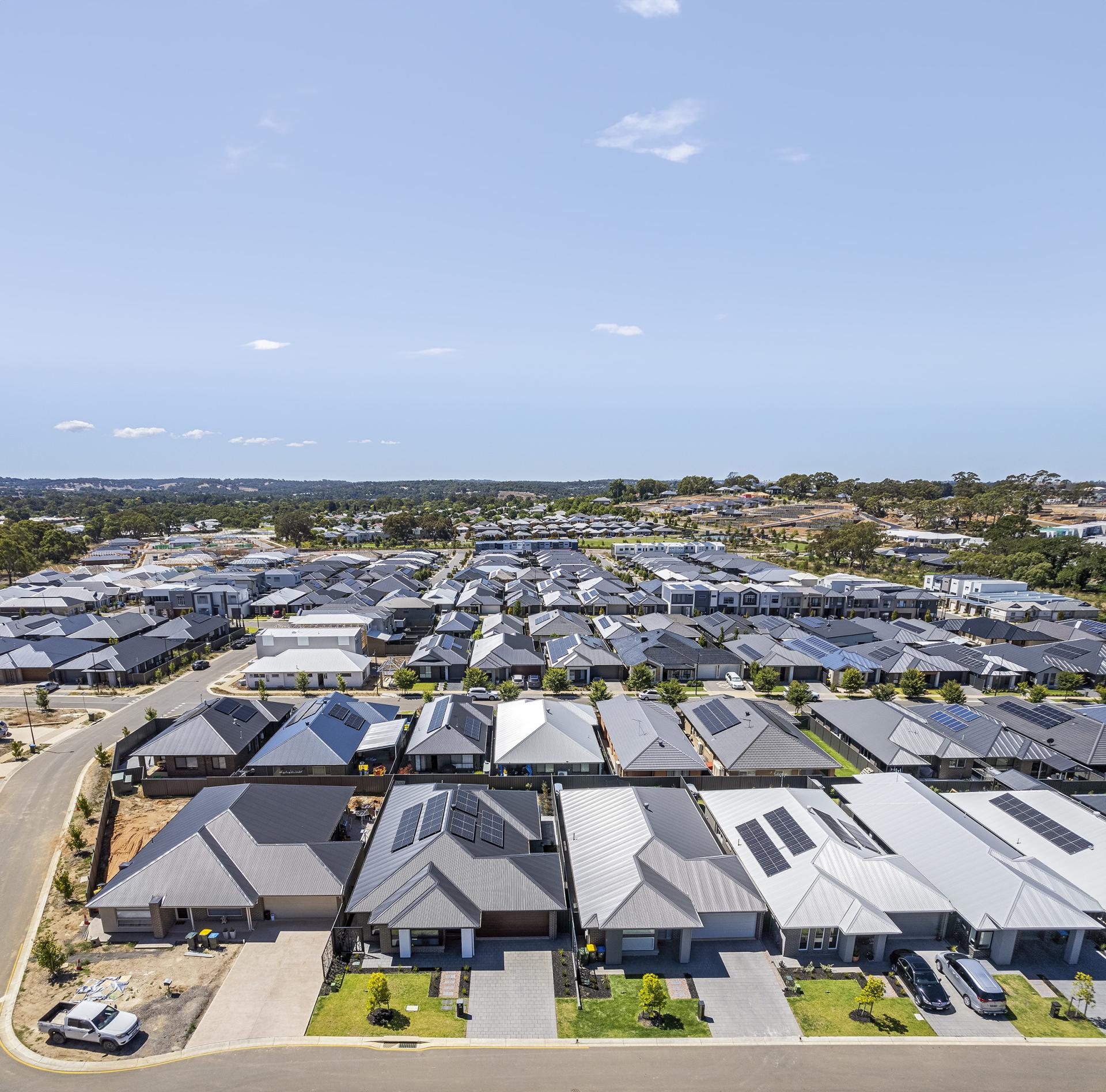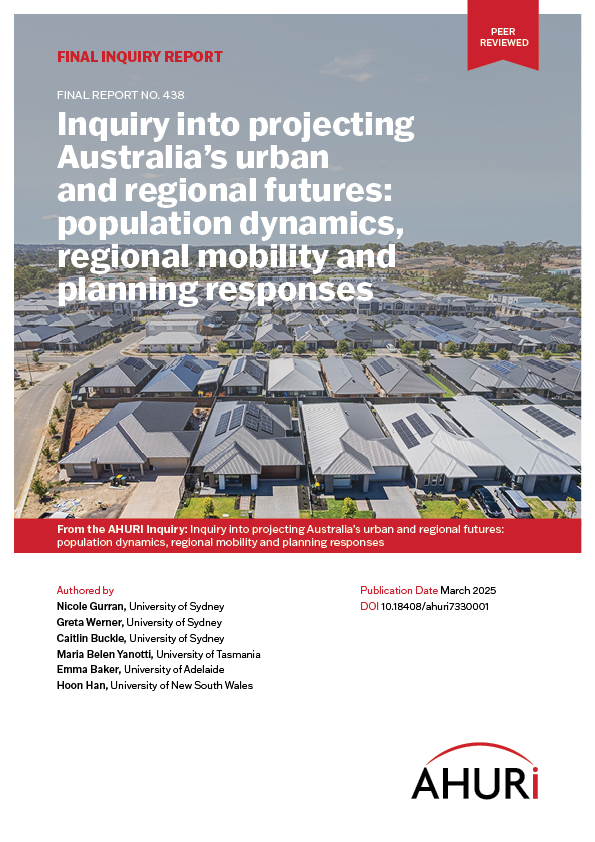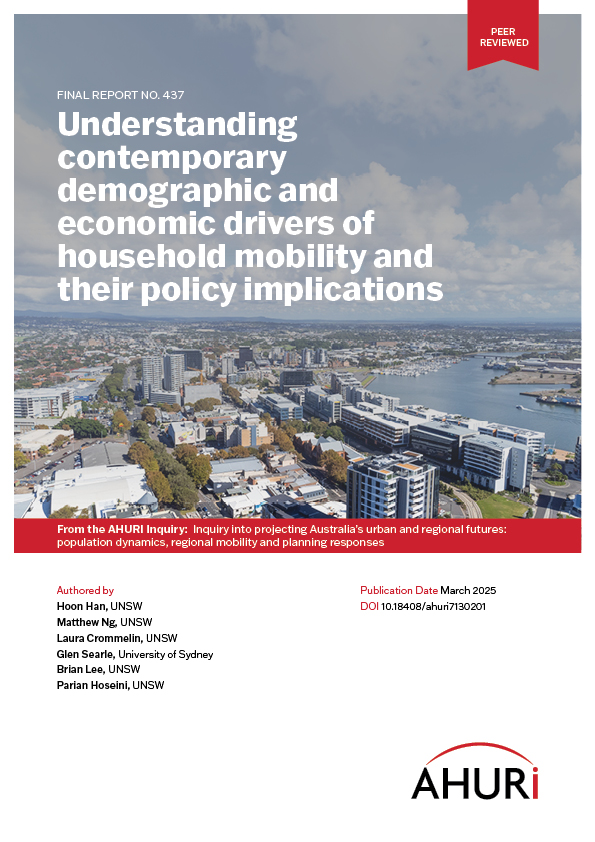
Movement to regional Australia is a long term trend – and it’s not the people you thought who are moving
06 Mar 2025
People migrating out of Australia’s cities to live in regional areas is a long term trend, predating the impacts of COVID by nearly a decade.
New research by the Australian Housing and Urban Research Institute (AHURI) reveals that since 2007 in every year apart from from one, more people moved out of Australia’s state and territory capital cities than moved in to those cities from regional or rural areas.
The research, ‘Inquiry into projecting Australia’s urban and regional futures: population dynamics, regional mobility and planning responses’, made up of four separate research projects, investigates different ways to predict and support local population growth and change, and looks at what drives people to move between urban and regional Australia.
The Inquiry revealed a comprehensive picture of migration patterns
‘Our research found that the people leaving cities are typically not young people at the start of their careers, but instead are older people with more financial resources,’ says Professor Nicole Gurran from the University of Sydney, who led the research. ‘They are often seeking a better lifestyle and often become homeowners in their new locations.’
Regional areas experiencing the strongest growth are those near metropolitan centres and along the coast. These areas typically have better climates, more university graduates and strong tourism sectors.
Migration to the regions leads to house price increases - both near and far
The research shows that increased migration leads to a ‘knock on effect’ of higher prices—both for rents and home purchases as a result of population movements. Rents and house purchase prices were found to increase not only in the actual locations where more people are settling, but also to have a ripple effect on other regions, both nearby and further afield.
‘House prices in regions further away are impacted as low-income households are forced to move significant distances looking for housing they can afford,’ explains Professor Gurran.
‘The research highlights the growing connections between urban and regional house prices. Importantly, with more people moving to regional areas putting pressure on housing costs, low-income renters in regional areas need support through financial help and rental relief. There is also a real need to increase social and emergency housing investments in regional Australia.’
Policy makers need accurate and timely information to support growing regions
Population projections are vital for policy makers who need reliable data about population movement between cities and regional areas to plan essential services both for now and in the future.
‘Government has been relatively conservative in its use of data,’ says Professor Gurran. ‘There is limited use of novel generation methods and non-traditional data sources. To respond to the demands of rapidly growing regions, planners need more consistent and timely data. Governments need to be clearer about the assumptions underlying population projections. Governments could also take more advantage of existing innovative methods and data sources sensitive to smaller geographical areas.’
Inquiry’s findings suggest actions for policymakers
The Inquiry’s findings advance a number actions governments could take to ensure a long term trend of regional growth is supported:
- develop a nationally consistent program for gathering timely data for Australian governments to use for local population projections. This data should include local knowledge and recognise unique local features and can be used to train future demographers
- create incentive schemes to attract people to regional areas, particularly for high-value industries like research, technology start-ups and urban planning
- coordinate federal, state and local governments and key industries to develop solutions for regional population growth
- invest in regional infrastructure like airports, transport, universities, TAFE campuses, health and school facilities to support people in non-metropolitan areas.
The research Inquiry was undertaken for AHURI by researchers from University of Sydney, University of Tasmania, University of Adelaide and University of New South Wales.


